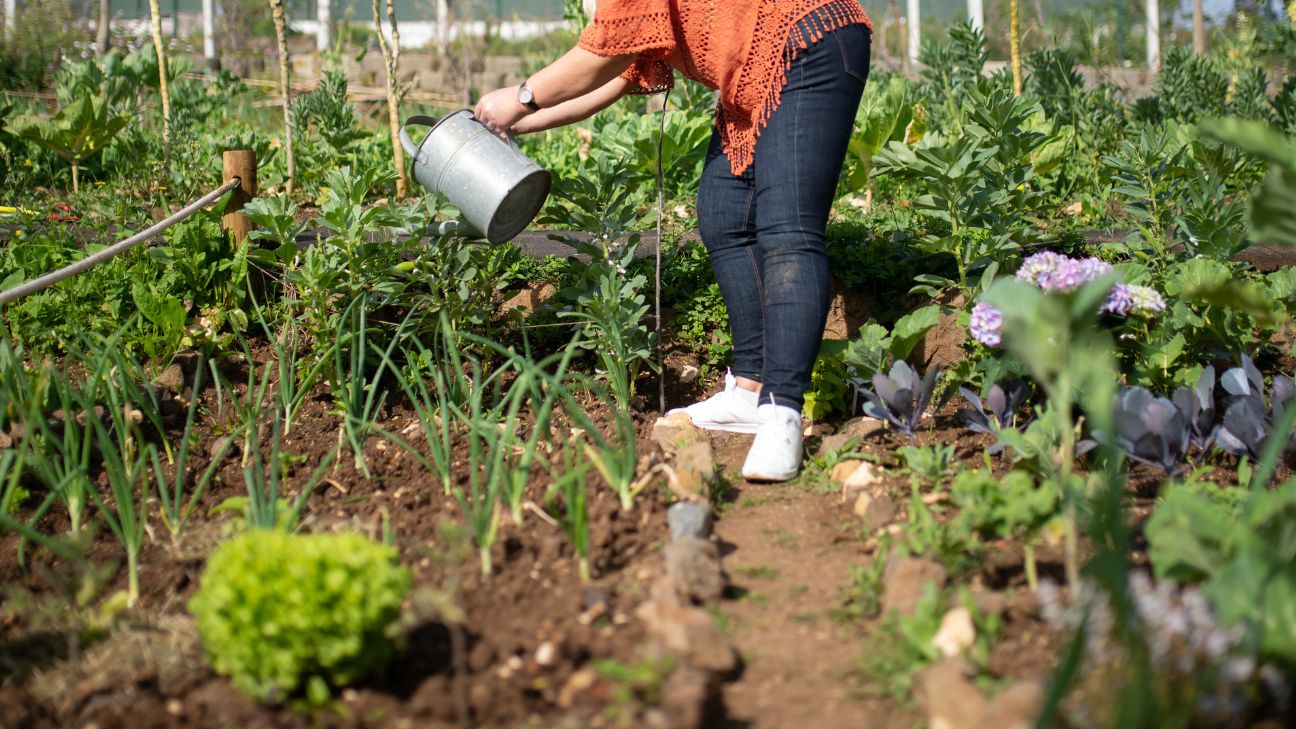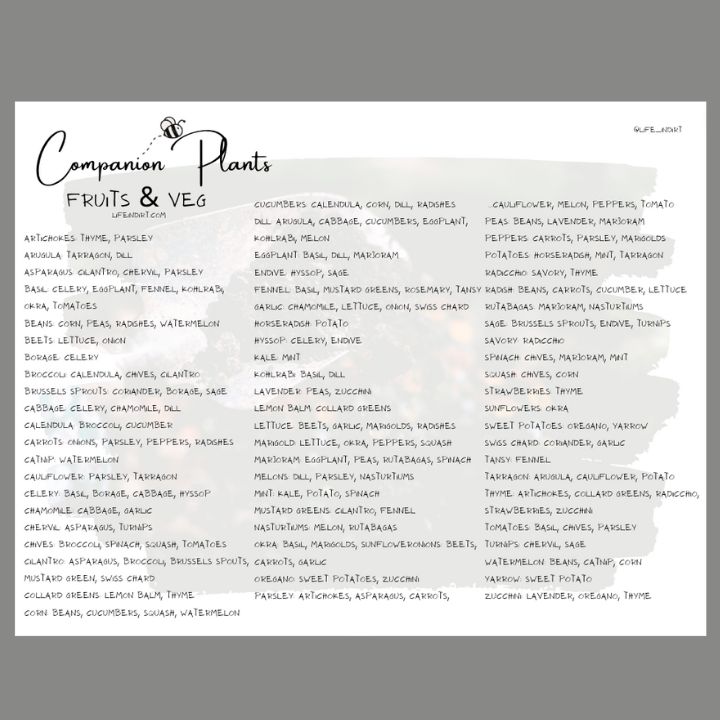Companion Plants Reduce Pests, Increase Pollinators, & Improve Soil
Plant the Companions Close and the Foes Far Away
Why do you need a printable companion planting chart? Experienced gardeners can tell us that there is a science to planning out a garden that goes beyond soil, sun, and water requirements. As it turns out, the arrangement of plants can have a big impact on the success of your garden. Certain plants can benefit from being planted together, while others might be detrimental to each other.
Plants that benefit from being planted together are known as companion plants. While it isn’t absolutely necessary to grow companion plants together, history has shown that there is significantly less incidence of plant disease and higher yield when they are grown together.
Lucky for us, experienced planters have passed on this information. Here is everything you need to know about companion plants, plus companions and “bad friends” to common garden plants.
What are the Benefits of Companion Plants?
- Repel pests. Some plants emit smells that have a repellant quality against damaging insects and other pests
- Attract pollinators. Pollinators like bees, butterflies, and birds are more attracted to certain plants. Some plants can’t produce fruit or seed without receiving pollen from one of these pollinators. Some pollinators also repel or prey on damaging pests, adding to their benefit.
- Improve nutrient quality of the soil. Certain plants are nitrogen-fixing, meaning they turn nitrogen in the atmosphere into a usable form that other plants can absorb and benefit from.
- Provide shade or support for other plants. Plants with sturdy stems provide good support for climbing vine plants, and plants with large leaves or dense growth can provide shade for plants sensitive to excessive sun exposure.
If you are interested in increased reading on the subject check out this book, Carrots Love Tomatoes.
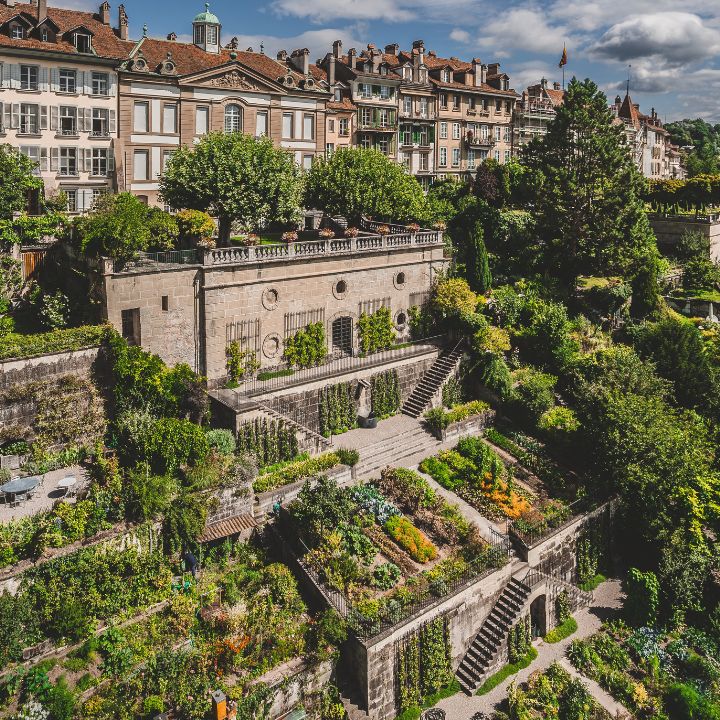
Companion Planting Chart
Good Companion Plants & Unfriendly Foe Plants
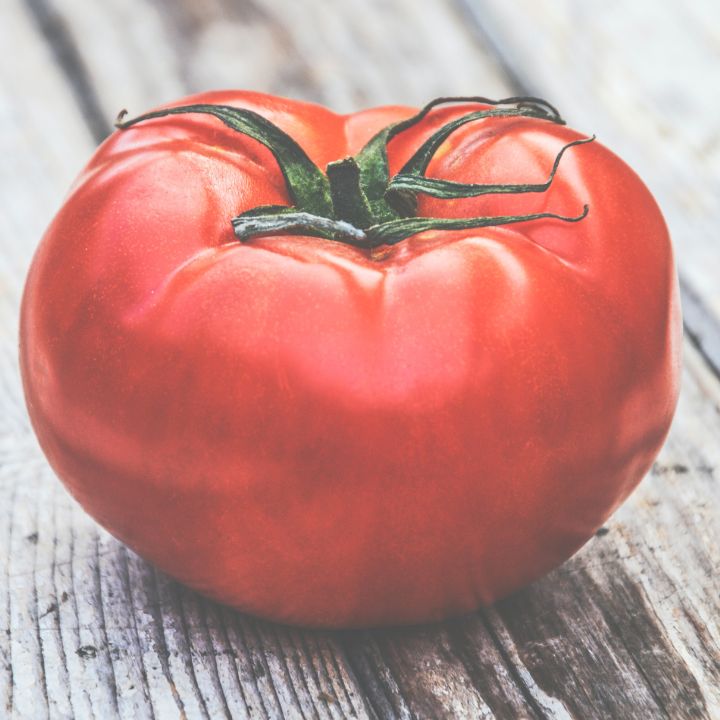
What are Good Companion Plants for Tomatoes
Tomato companion plants: basil is best, and tomatoes also benefit from asparagus, carrots, parsley, spinach, and anything from the onion family
Foes: rosemary, dill, fennel, cabbage, peas, and cabbage, and potatoes
What are Good Companion Plants for Asparagus
Asparagus companion plants: tomatoes, calendula, eggplant, basil, cilantro
Foes: anything in the onion family, potatoes, carrots
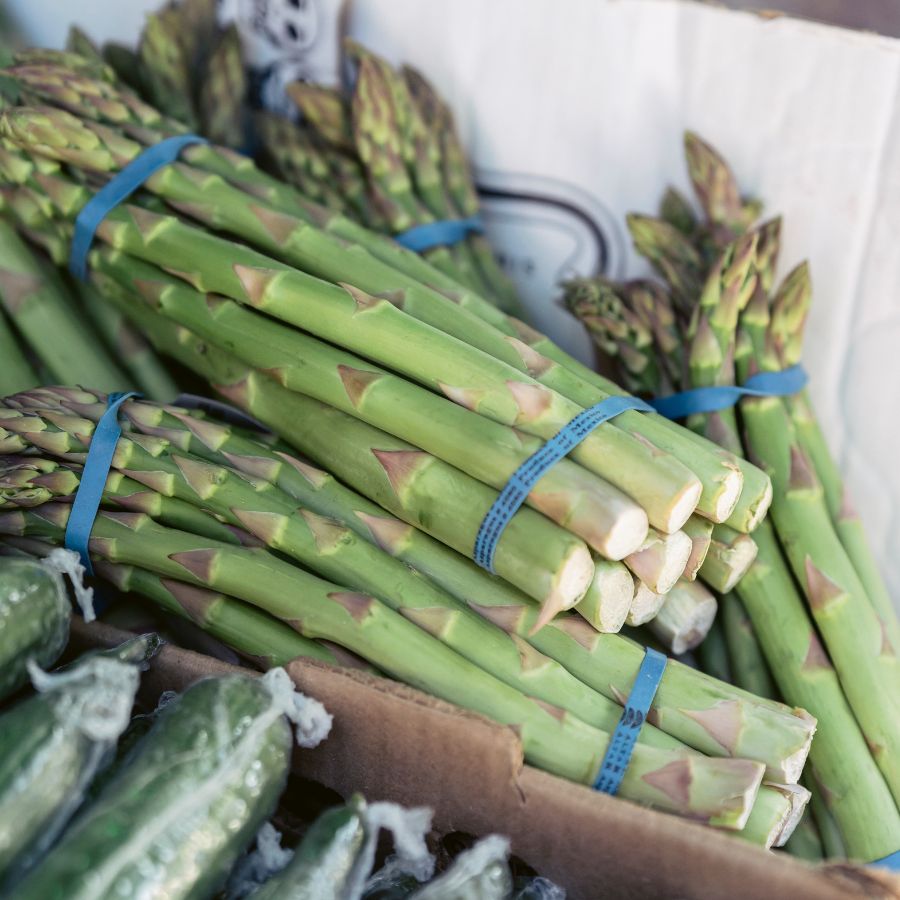
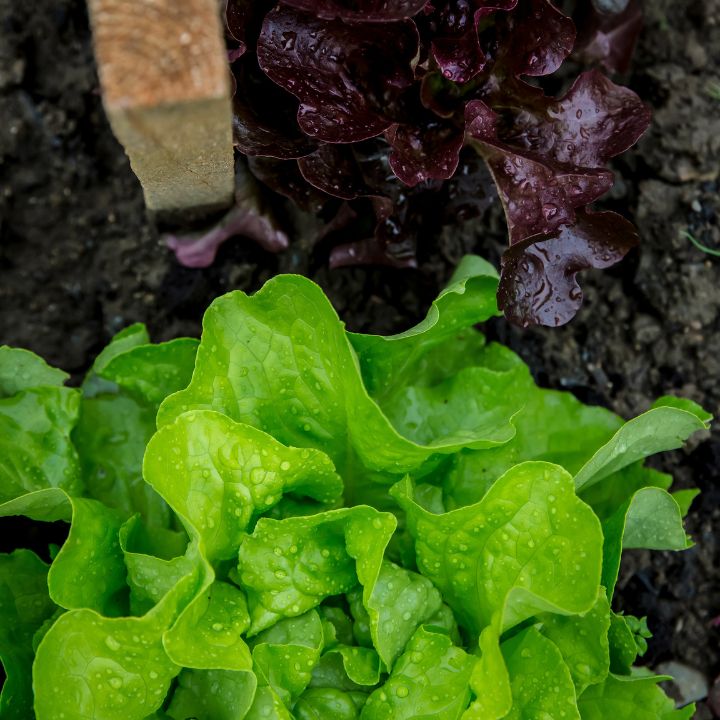
What are Good Companion Plants for Lettuce
Lettuce companion plants: mint, garlic, chives, broccoli, beans, radishes, and carrots
Foes: parsley can crowd out lettuce
What are Good Companion Plants for Squash
Squash companion plants: beans, corn, radishes, dill
Foes: potatoes, since both potatoes and squash are susceptible to blight
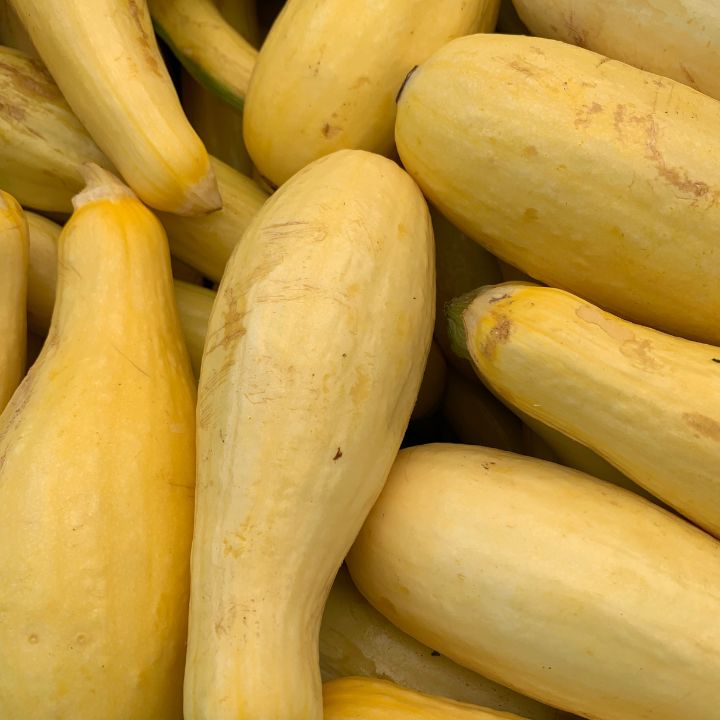

What are Good Companion Plants for Cucumber
Cucumber companion plants: beans, lettuces, peas, and radishes
Foes: potatoes and aromatic herbs like sage and mint
What are Good Companion Plants for Peppers
Pepper companion plants: basil, onions, tomatoes, spinach
Foes: beans
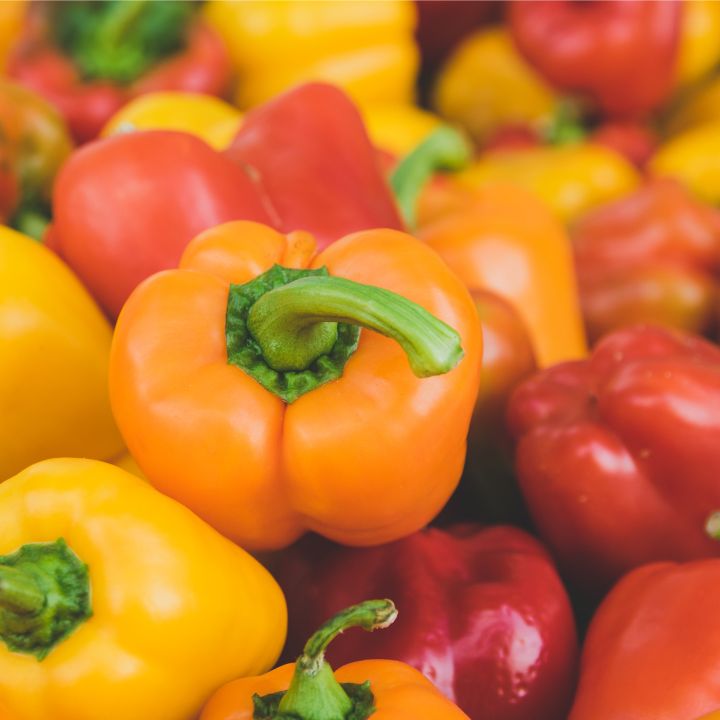

What are Good Companion Plants for Onion
Onion companion plants: carrots, lettuces, tomatoes, rosemary, cabbage
Foes: beans, asparagus
What are Good Companion Plants for Green Beans
Green bean companion plants: corn, rosemary, broccoli, cucumbers, potatoes, and radishes
Foes: any plant from the onion family
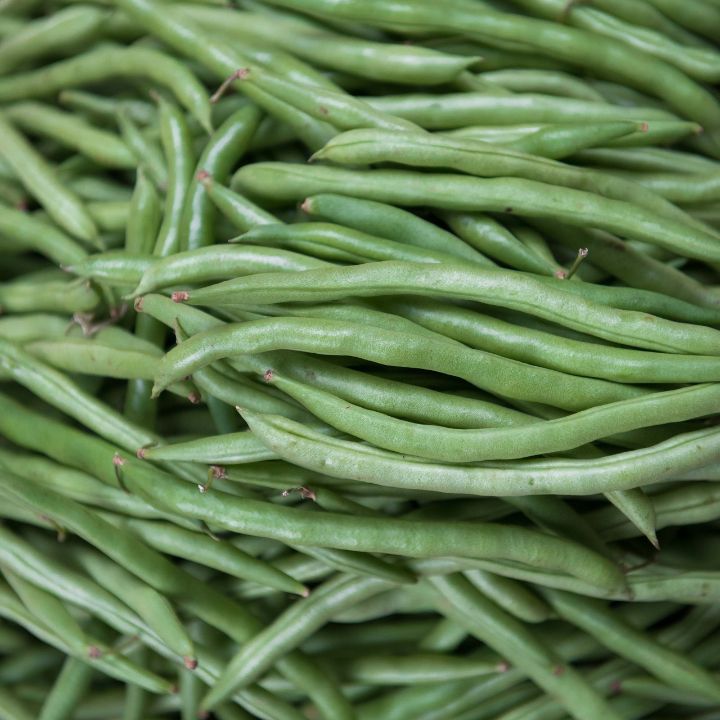
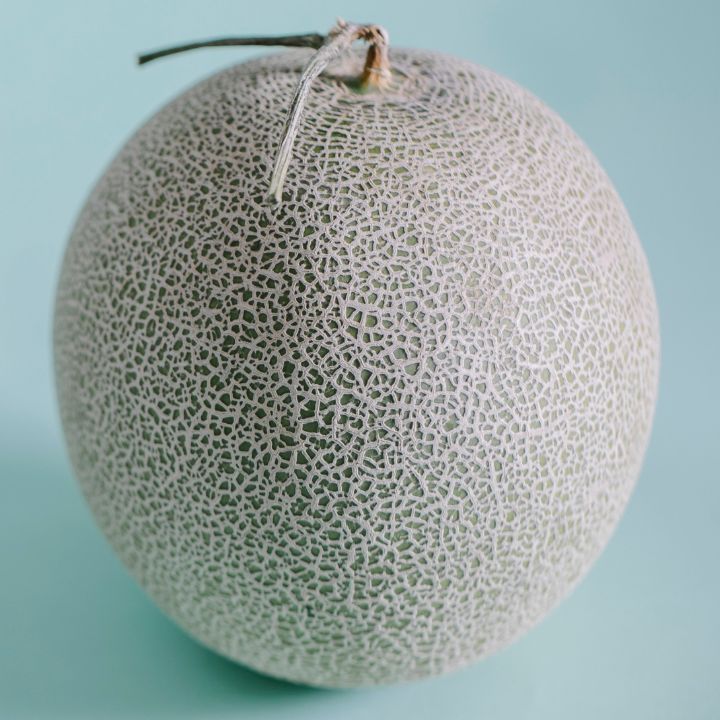
What are Good Companion Plants for Melons
Melon companion plants: flowering herbs like dill and parsley
Foes: squash, potatoes, and corn
What are Good Companion Plants for Strawberries
Strawberry companion plants: lettuces, onions, spinach, squash, sage, chives
Foes: fennel, cabbage, kale, Brussels sprouts
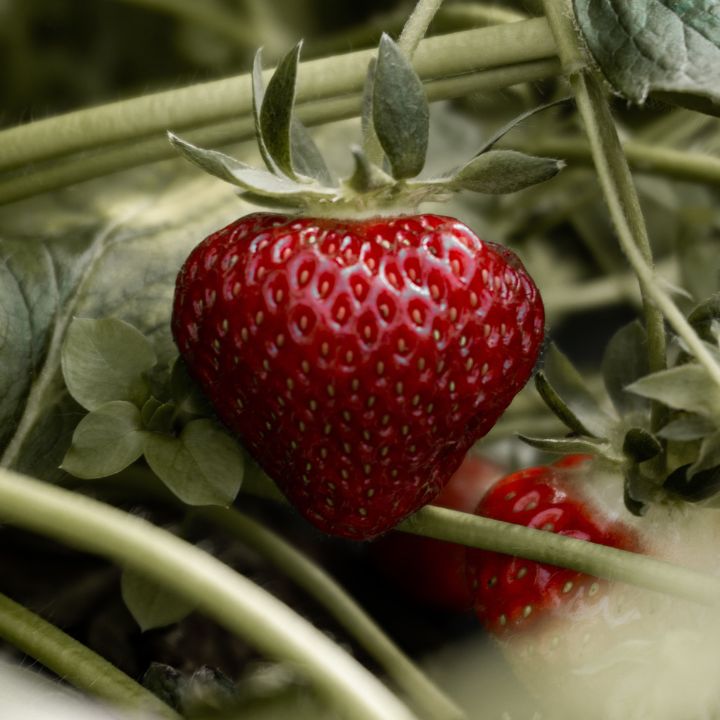
Companion Planting Chart for the Entire Garden
Some plants are beneficial to everything in your garden. Many of these are flowering plants, which can add visual interest and beauty in addition to their functional benefits. Here are some plants you might consider growing along the borders of your garden, or maybe in a decorative container.

Marigold
Attract beneficial insects while repelling garden damaging aphids and beetles.
Zinnias
Attract pollinators and repel deer.
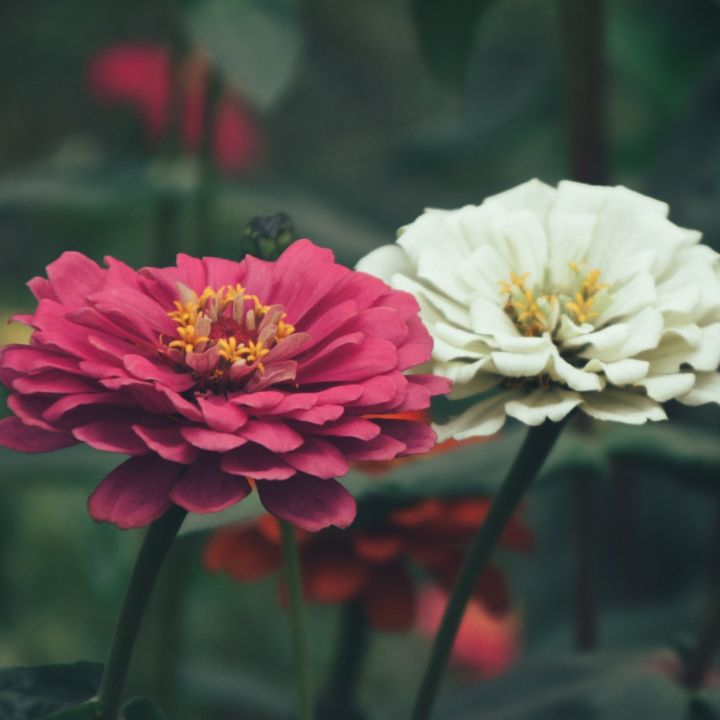
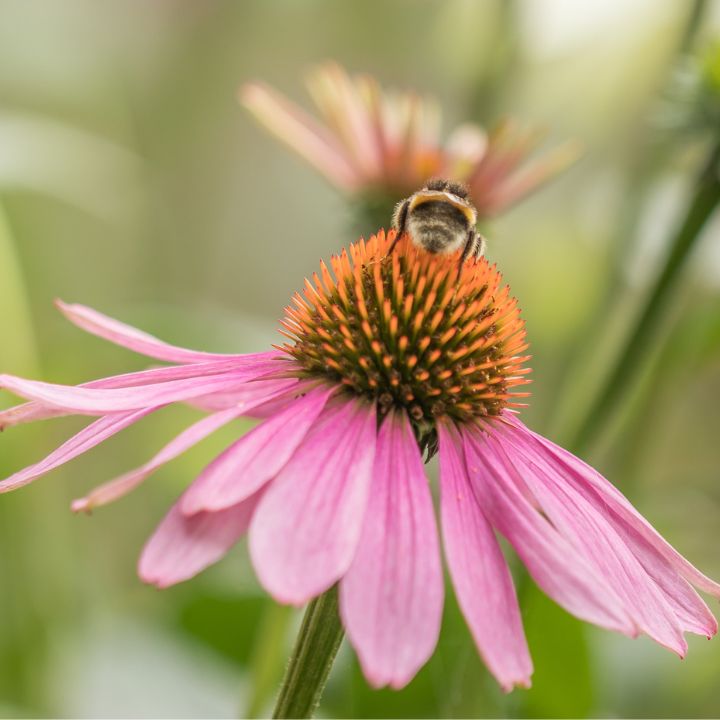
Echinacea
Echinacea is an immunity boosting herb that also attracts pollinators.
Nasturtium
These flowers will provide a beautiful accent to your garden, plus they repel squash beetles and cucumber beetles.
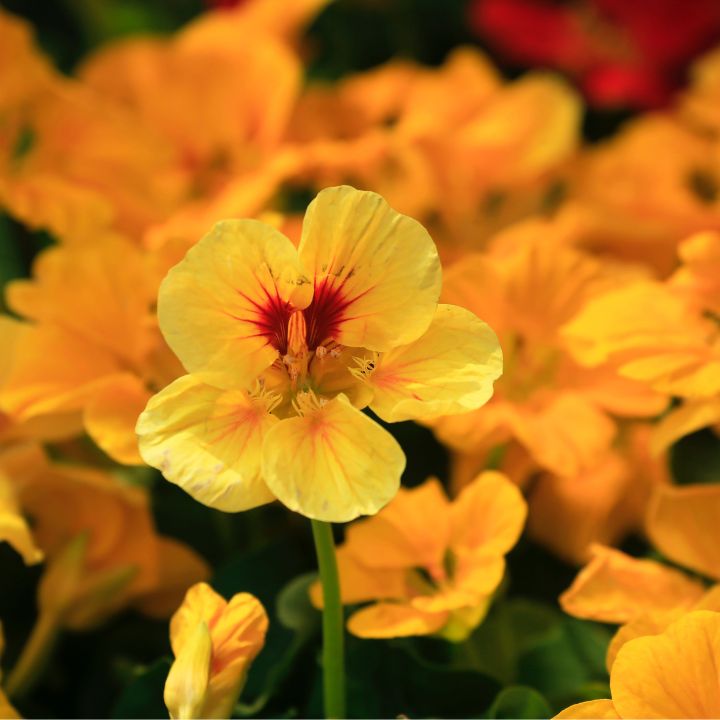
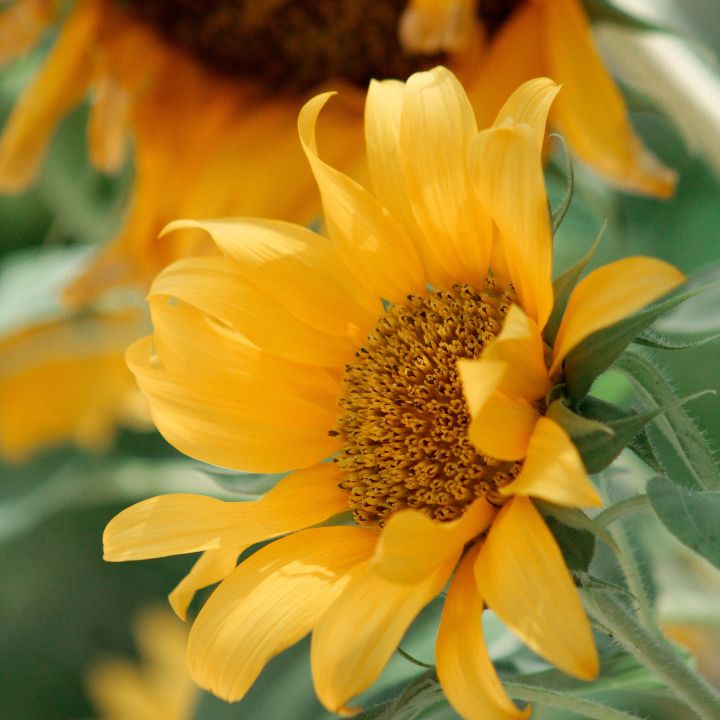
Sunflowers
Sunflowers are great for attracting pollinators and their sturdy stems can act as trellises for vining vegetables and fruit plants.
Borage
Borage is a flowering herb attracts pollinators and beneficial insects that repel or prey on tomato and cabbage worms.
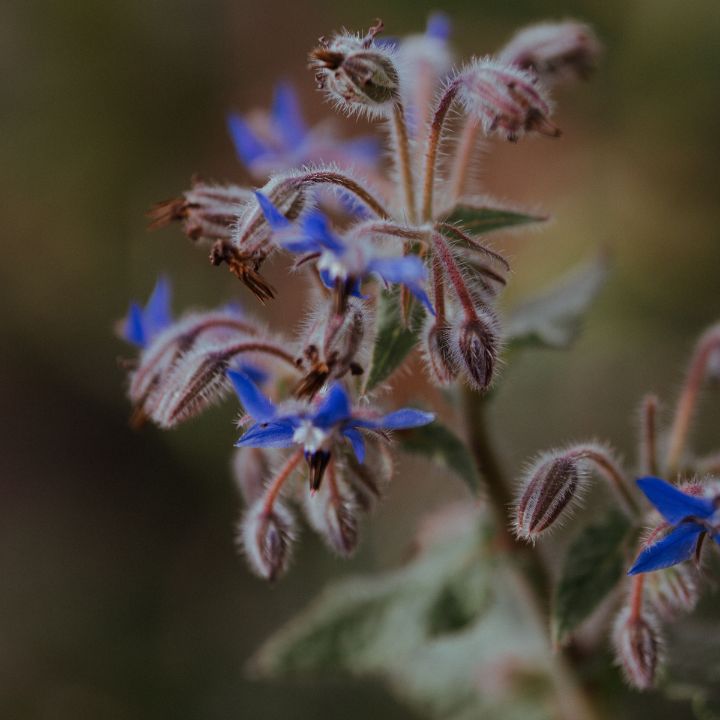
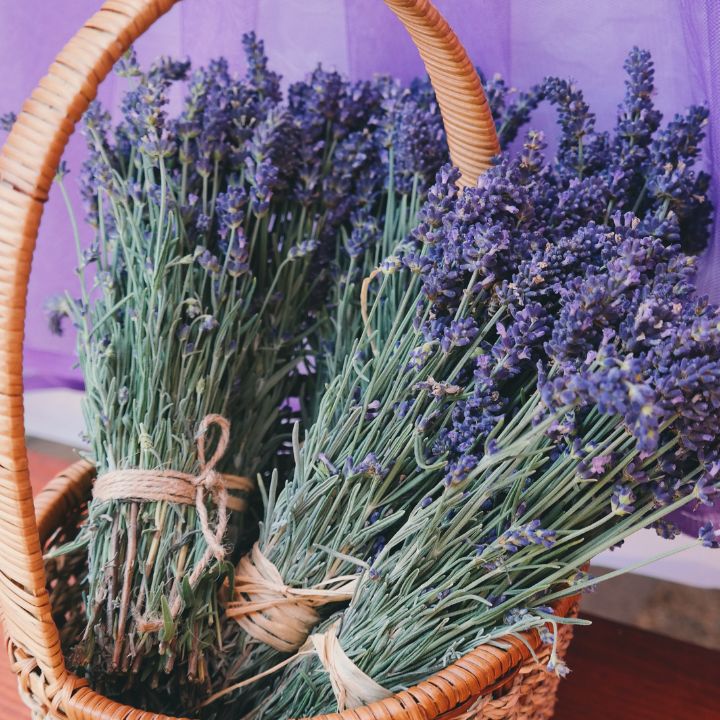
Lavender
This lovely aromatic repels damaging insects and other vegetable pests like mice.
Clover
Clover is a low-maintenance perennial that is a great nitrogen fixer, plus it can be used for medicinal purposes.
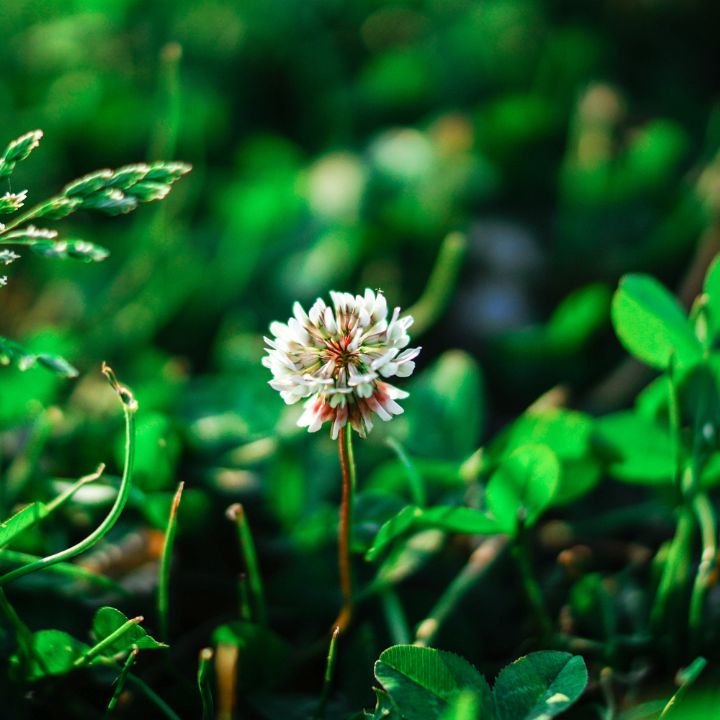
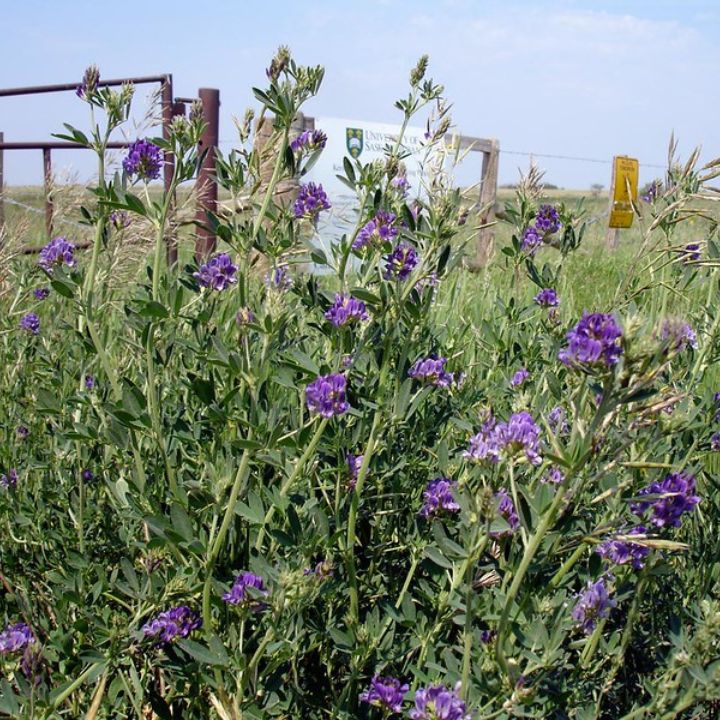
Alfalfa
Alfalfa is very nutritious and is another great nitrogen fixer.
Printable Companion Planting Chart
If you are looking for more details, or just a reference check on the go, check out these printable companion planting chart .pdf for both flowers and fruit & veg.

